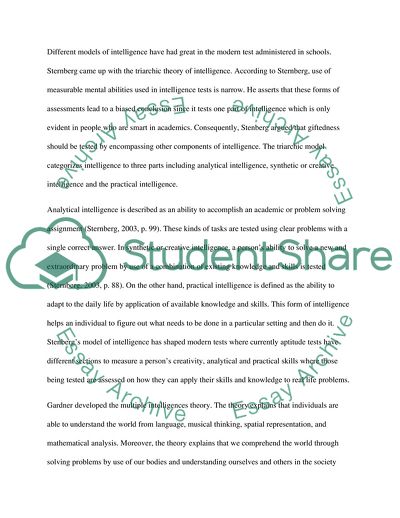Cite this document
(Major Models of Intelligence and Their Influence on Modern Tests Essay, n.d.)
Major Models of Intelligence and Their Influence on Modern Tests Essay. https://studentshare.org/psychology/1766949-intelligence-testing-and-discrimination
Major Models of Intelligence and Their Influence on Modern Tests Essay. https://studentshare.org/psychology/1766949-intelligence-testing-and-discrimination
(Major Models of Intelligence and Their Influence on Modern Tests Essay)
Major Models of Intelligence and Their Influence on Modern Tests Essay. https://studentshare.org/psychology/1766949-intelligence-testing-and-discrimination.
Major Models of Intelligence and Their Influence on Modern Tests Essay. https://studentshare.org/psychology/1766949-intelligence-testing-and-discrimination.
“Major Models of Intelligence and Their Influence on Modern Tests Essay”. https://studentshare.org/psychology/1766949-intelligence-testing-and-discrimination.


